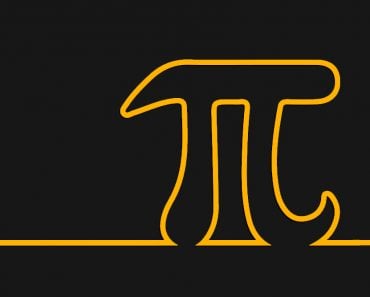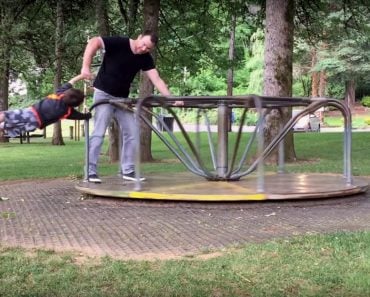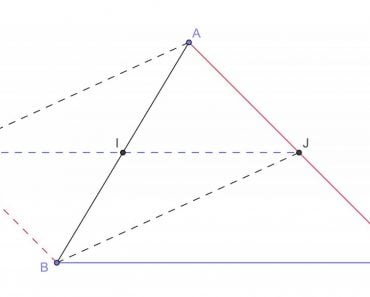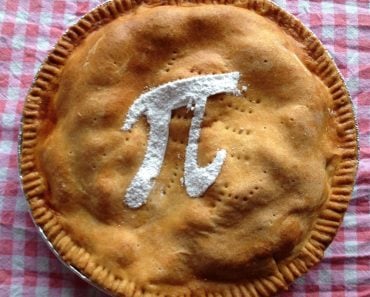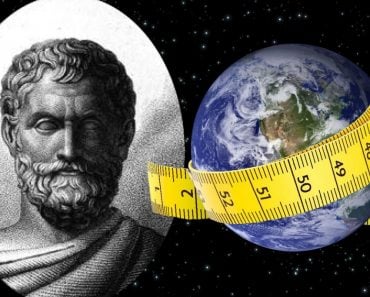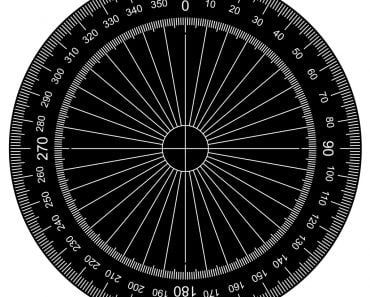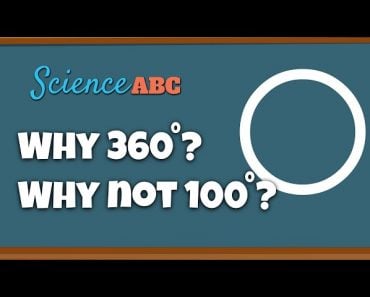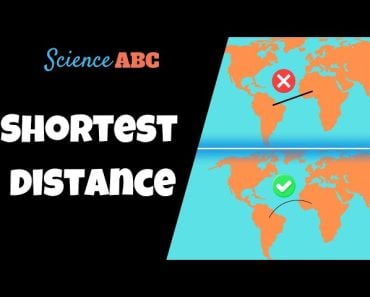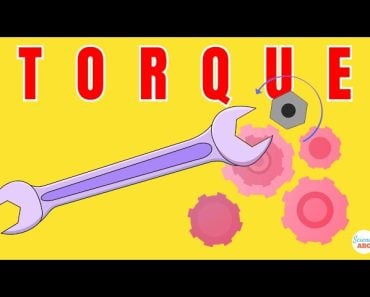The radius of a sphere or a circle is the distance from its center to its circumference. For any regular polygon, the radius is the same from the center to all its vertices.
A circle is a regular polygon where the distance from the center to any of its edges is the same. The radius of a circle is the distance between the center point to any other point on the circle.
In other terms, it simply refers to the line drawn from the center to any point on the circle.
The word radius traces its origin to the Latin word radius meaning spoke of a chariot wheel.
Recommended Video for you:
Relation Between Radius And Diameter
You can relate the circle to a large-sized pizza. Imagine slicing the pizza into 8 slices. The straight line from the center to one slice of the pizza is the radius. Two slices from end to end make up the diameter. It can also be defined as half the diameter of the circle.
r=d/2
where ‘r’ represents radius and ‘d’ represents diameter of a circle
Diameter is the distance across the circle through the center. When you place two radii end to end in a circle, it will equal the diameter.
The area of the circle is the primary determinant for all other properties.
Let us again imagine that a full pizza is divided into 8 equal sizes. Now let’s rearrange the pieces in the form of a rectangle. Now the base of the rectangle is the radius and the height is the half of circumference. Because both sides together make up the circle. So height becomes πr since circumference is 2πr. The circumference is the boundary enclosing the area within it.
Now, the formula for the area of the rectangle is that we know,
area= base * height
Performing the corresponding substitutions for base and height respectively, we will arrive at the formula for the area of the circle.
area=r * π * r
So, the area of the circle is πr2.
How To Find Radius With Diameter?
The general relationship between radius and the diameter is that the radius is half of the diameter.
r=d/2.
So, now if you know the width of the circle, otherwise called the diameter, you can simply divide it by 2 to get the radius. If the diameter of a circle is 8.8cm, then the radius turns out to be 4.4cm.
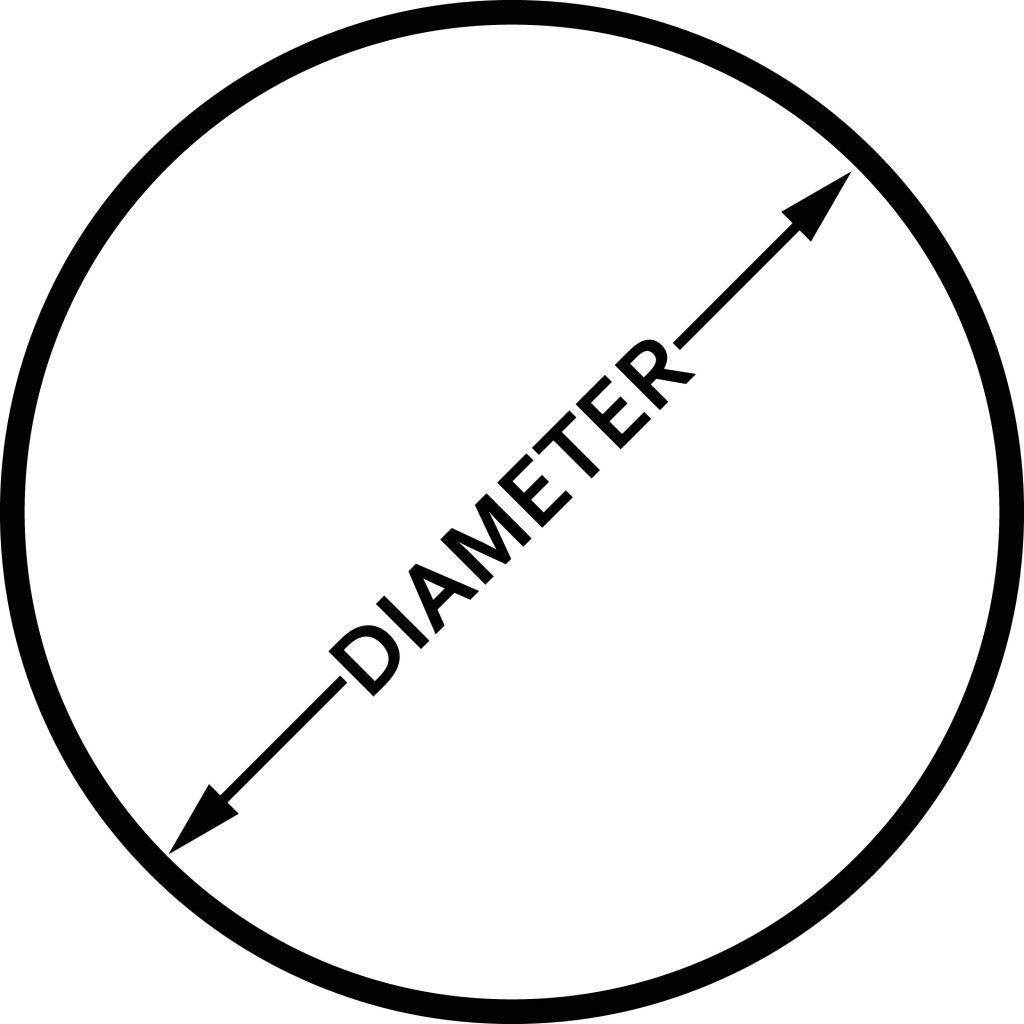
How To Find Radius With Circumference Given?
The circumference is a type of perimeter. It is the distance around the circle. In other words, the circumference would be the length of the circle when it is stretched out to a line segment.
The circumference is generally given by the formula,
C=π*d
Where d is the diameter
Since we know, r=d/2
d=2r
The circumference can be given by,
C=π*2*r
From the above-mentioned formulae, it is possible to calculate the radius.
r=C/2*π.
Say, for example, you have a circle of circumference 28cm and you want to know the radius, you can find that by using the formula,
r=28/2*π
r=4.4 cm.
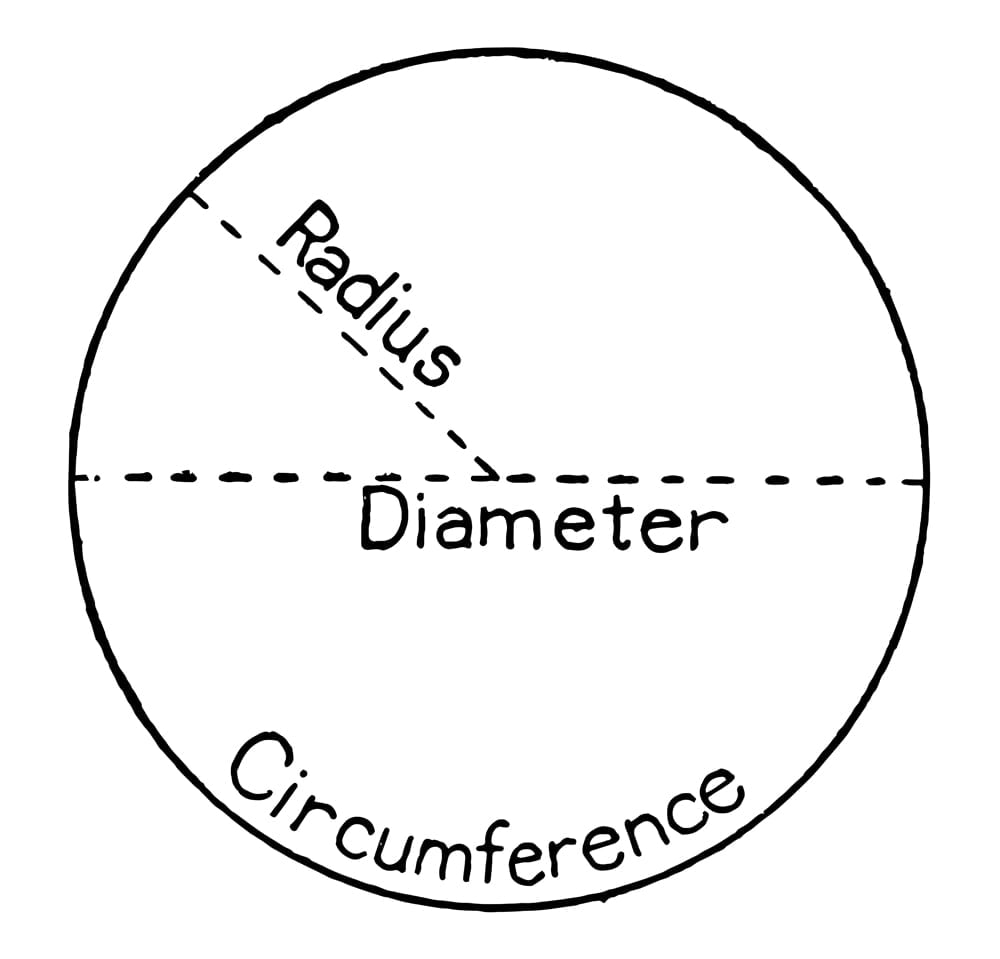
How To Find A Radius With The Area Given?
The area is nothing but the total size of the circle. It includes its length, width, and the space it occupies. Geometrically, the area is defined as the amount of space enclosed within a boundary. It is given by,
A=πr2
A=π/4 *d2
So, when you know the area to be 60 cm2, then the distance from center to a point on the circle be determined by the formula,
A=π*r2
60=π*r2
r=4.4cm
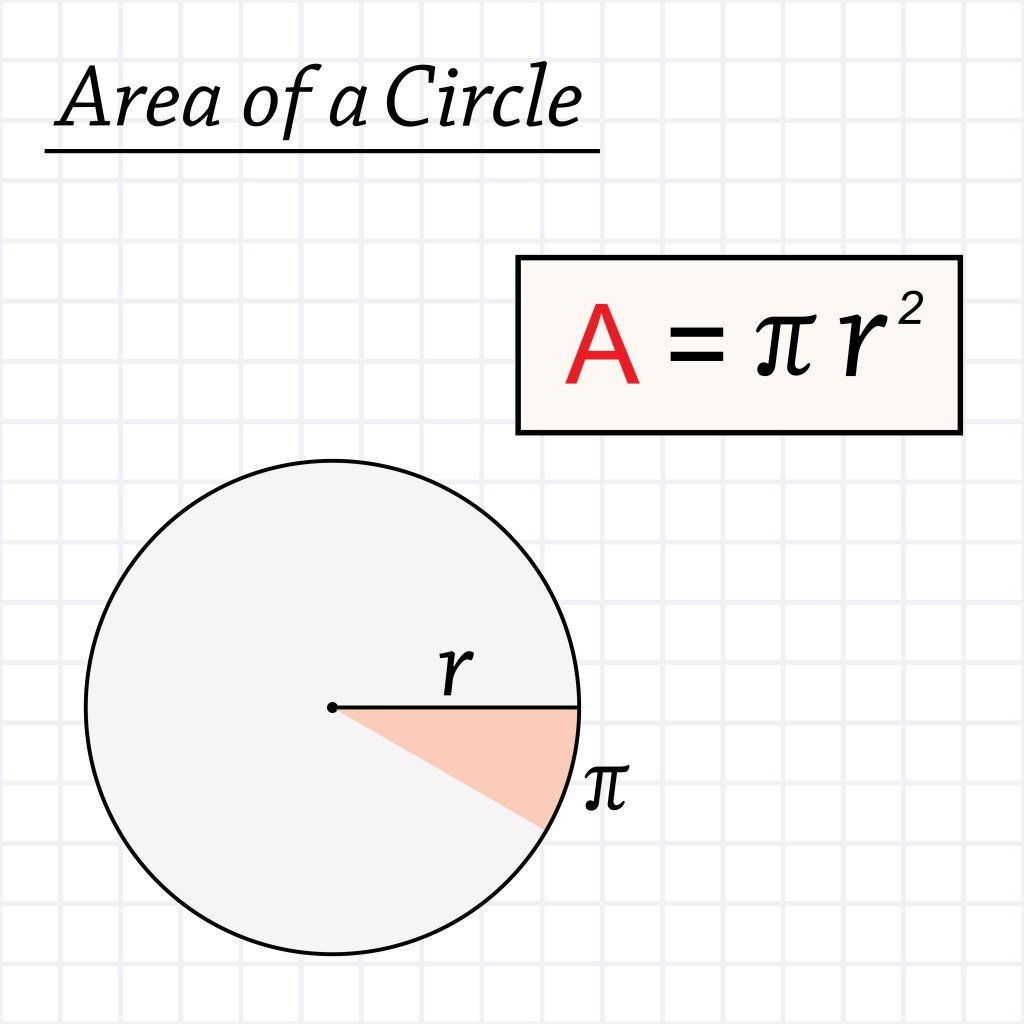
How To Find A Radius For Hollow Objects?
There are cases where an object might have more than one radius. Hollow objects like a nutshell have an outer and inner radius. To find a radius for such hollow objects, the volume of that object plays a major role.
Let us consider a bowl. Space that we fill in with food is the inner volume. The curvature around, that forms the thickness of the bowl is the outer volume. This can be considered simply as two spheres with different radius conjoined to form a hollow space within. The outer radius will be larger and is generally represented by R. The inner radius will be comparatively small and is represented as r. The space between the two spheres is the thickness of that object.
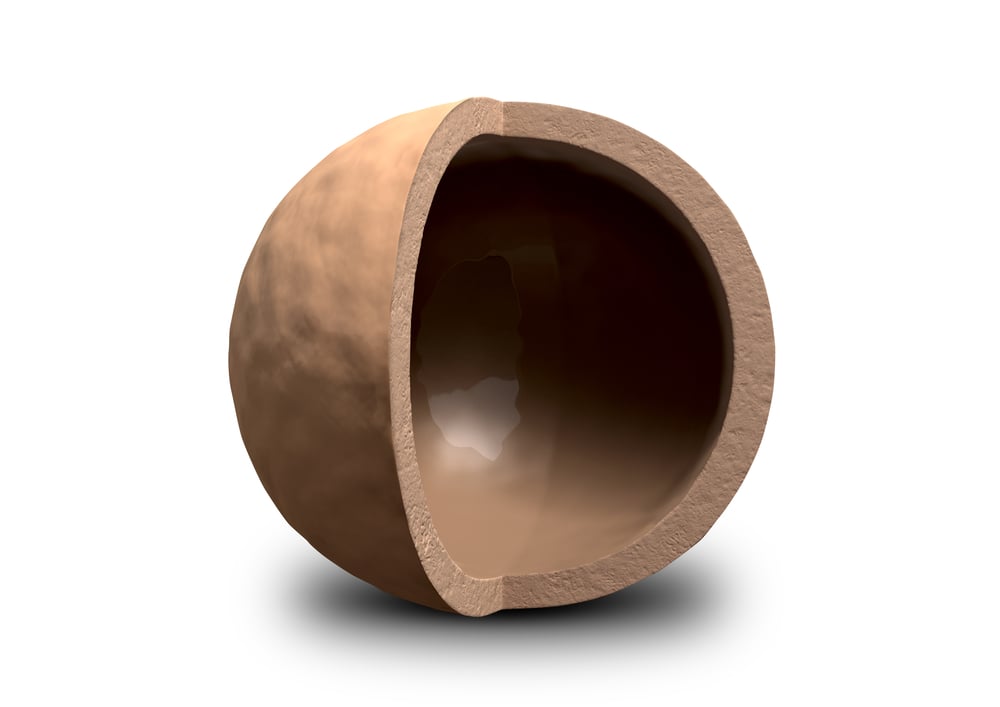
To determine the volume of the hollow sphere, we need to subtract the volume of the hollow region from the volume of the entire sphere with radius r and R respectively. To find the volume of a solid sphere we use the formula 4/3π r3. And to find the volume of the hollow sphere we apply the formula, 4/3π R3-4/3π r3.
Radius plays a major role in determining the extent of an object from the center. Other terms associated with circle are sector and chord. The sector is a section of the circle that is made by two different radii. A chord is nothing but a line that joins two points on a circle. Diameter is also a type of chord that passes through the center.

